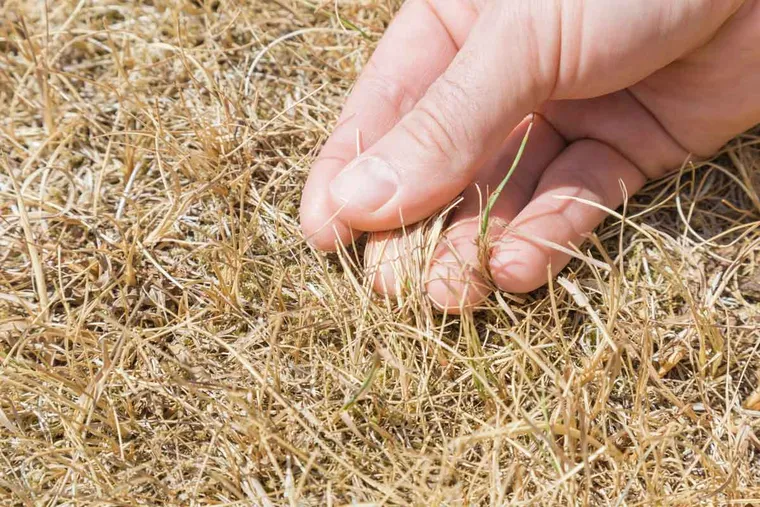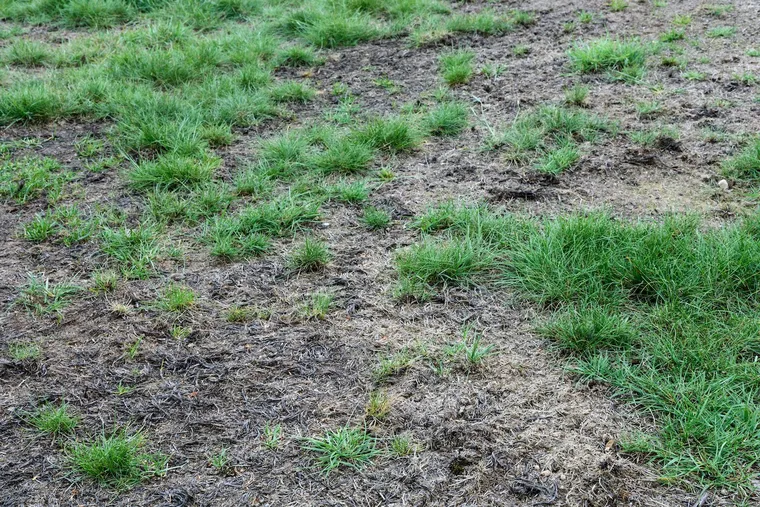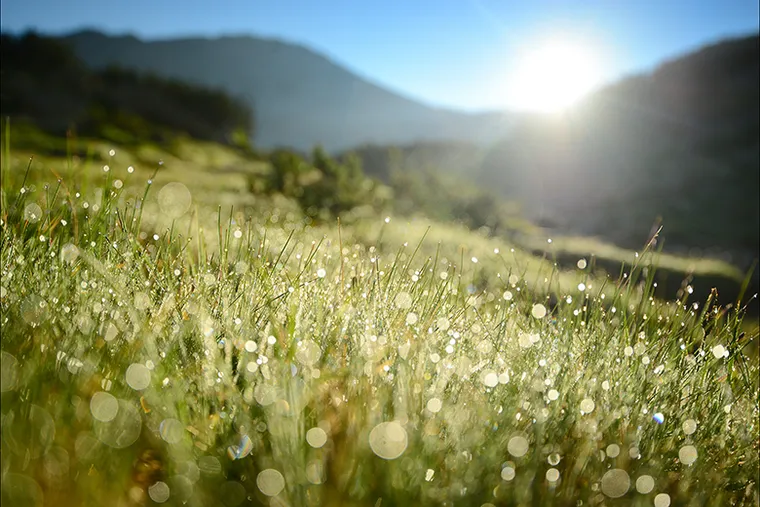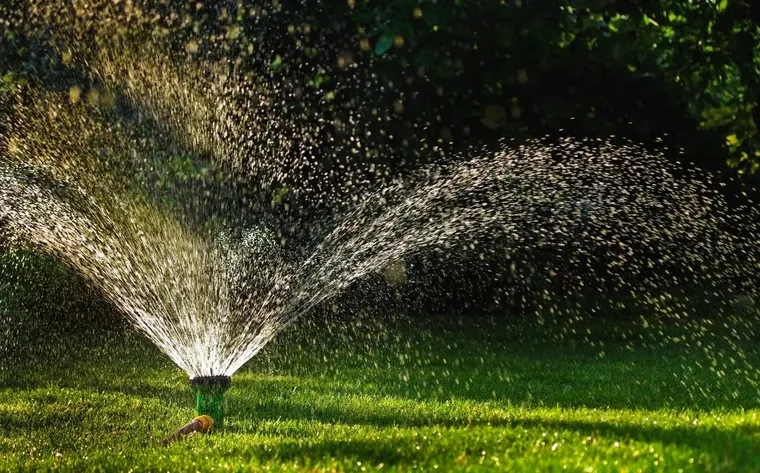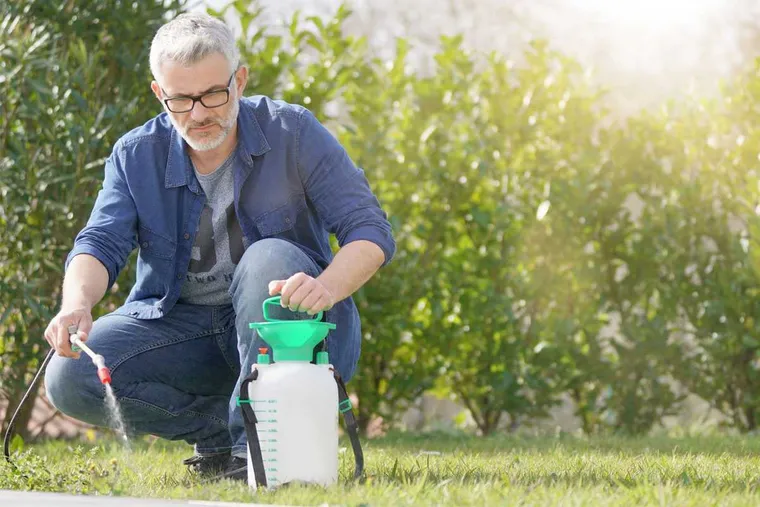Brown grass can be a confusing sight to see on your property. But before you tackle this problem, you need to know what’s causing it – and whether the grass is still alive. It is difficult to tell the difference between dead or dormant lawn. Dead grass won’t come back, but there are steps you can take to restore a lush, green lawn. On the other hand, dormancy is a natural protective mechanism that allows turf to resist weather changes. So you wonder how to tell the difference between a dead or dormant lawn? Here’s how to do it – and improve your lawn at the same time.
Dead or dormant lawn:
When it comes to determining the true condition of your cool season grass turning brown, it is important to first know the difference between dead grass and dormant grass.
Dead grass is brown and lifeless, it no longer has the green color or upright posture of healthy grass. Because it is dead, this herb cannot be revived or restored to health.
Dormant grass looks almost exactly the same as dead grass. Dormancy is a protective mechanism that allows cool season grasses to conserve nutrients and energy in order to survive the summer heat. Rather than using nutrients and energy to stay green and lush, dormant grasses use these resources to keep roots alive. Grass that is dormant can live for several weeks before it is no longer viable and begins to die.
The biggest difference between these two grass states is that dormant grass can be revived. For cool season grasses, this usually happens naturally as the seasons change and the weather gets cooler, but waiting for this to happen can be hard on you and your lawn because you don’t know if you’re caring for it. a dead or dormant lawn. Fortunately, there are a few ways to determine the condition of your brown lawn without having to wait.
Tensile test:
Dead or dormant lawn often look very similar. However, there is a simple test you can do in your garden to determine the difference. Find a section of brown grass. Grab a handful of weed and give it a bang. If it pulls out easily and without resistance, the grass is dead. If it resists or you have to strain to pull the blades of grass out of the ground, the grass is simply dormant. Another clue is the presence of distinct patches of green and brown sections. No matter what you do, the grass in this area will never come back to life.
Grounds in the lawn:
The patterns in your lawn may indicate dormant or dying stages of grass. If the entire lawn is brown, you can assume that the grass is dormant. But if you observed distinct patterns or patches of brown grass, you can confirm that the grass is dead. You need to seek professional help to find out the real reason behind the weed dying.
Changes in temperature or climate:
Changes in temperature and weather are the main reasons for grass going dormant or dying in your lawn . Cool grasses go dormant during the summer, while warm grasses go dormant during the winter. Grass is always alive and bounces back when conditions are right for it to grow.
The irrigation test:
An easy way to tell if your lawn is past the point of no return is to water it and see what happens. Again, it all depends on the type of grass. But in most cases, dormant grass will begin to green again within a week as the grass wakes up and sends out new growth. Lack of water is the main reason why a grass goes dormant. The right amount of water will allow brown grass to turn green again . After receiving enough water, dormant grass comes back to life, while dead grass stays dead.
Prevention:
The measure you can take to prevent dead grass is to apply a pre-emergence or post-emergence herbicide. By applying a pre-emergent herbicide, you prepare your lawn to fight weeds before they appear. Barricade Pre-emergence Herbicide is a granular product that prevents many weed species from sprouting into your lawn . At 2 pounds per 1,000 square feet, one 10-pound bag of Barricade Herbicide will treat up to 5,000 square feet.


